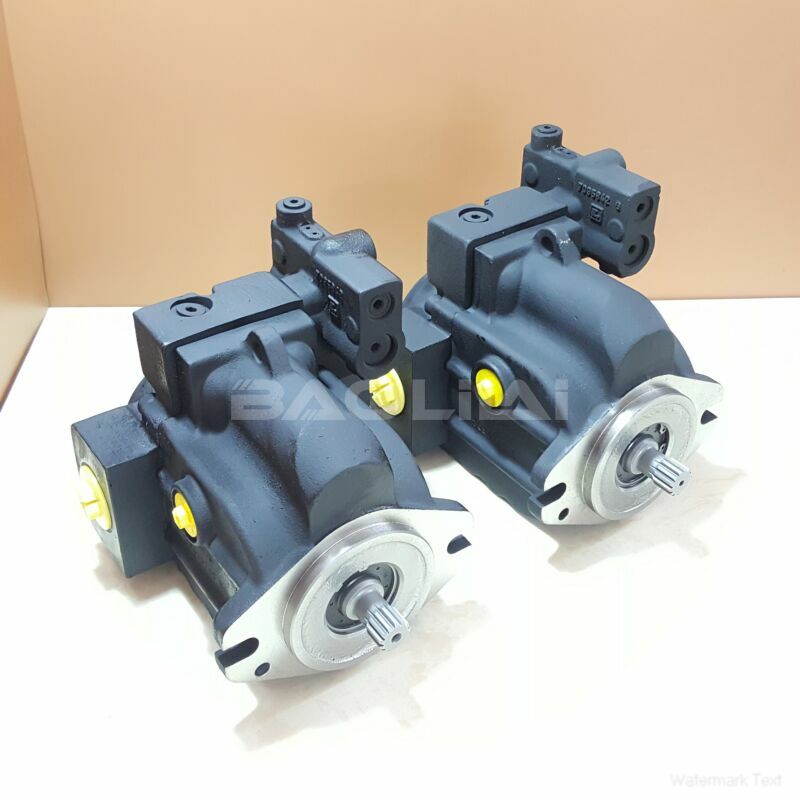LRR030DPC21NNNNN3C2NGA6NKNBNNNNNN piston pump
LRR030DPC21NNNNN3C2NGA6NKNBNNNNNN piston pump

- Product Details
- Applicable Scene
Mobile hydraulic systems are pivotal in various industries, from construction and agriculture to material handling and transportation. One of the key components of these systems is the hydraulic pump, which is responsible for converting mechanical energy into hydraulic energy. Among the different types of hydraulic pumps available, piston pumps stand out for their efficiency and performance. This article explores how optimizing mobile hydraulic systems with piston pumps can lead to increased productivity and cost savings.
LR-R-030D-PC-21-NN-NN-N-3-C2NG-A6N-KNB-NNN-NNN
LRR030DPC21NNNNN3C2NGA6NKNBNNNNNN
Piston pumps operate using one or more moving pistons within a cylinder to create fluid pressure. They are characterized by their ability to generate high pressure and flow rates, making them ideal for mobile applications where power density is crucial. However, to maximize the performance of hydraulic systems utilizing piston pumps, several optimization strategies should be employed.

7005065
Firstly, selecting the right piston pump for the specific application is essential. Various factors, such as desired flow rate, pressure requirements, and operational environment, must be considered. High-performance piston pumps are available in different configurations, including axial and radial designs, each having its unique advantages. For instance, axial piston pumps are often more compact and efficient, while radial piston pumps may offer better performance at high pressures.
Secondly, the hydraulic system’s circuit design plays a crucial role in the system’s overall efficiency. Utilizing a well-designed hydraulic circuit can minimize energy losses and ensure that the pump operates within its optimal range. For mobile applications, where space and weight are critical factors, employing a circuit design that reduces the length of hydraulic lines and eliminates unnecessary components can significantly enhance performance.
Integration of advanced control technologies is another crucial optimization strategy. Implementing variable displacement pumps allows for better adaptation to changing load conditions, leading to improved fuel efficiency and reduced wear on components. Additionally, employing electronic control systems can enhance the system’s responsiveness, allowing for precise control of hydraulic functions and improving overall system performance.





